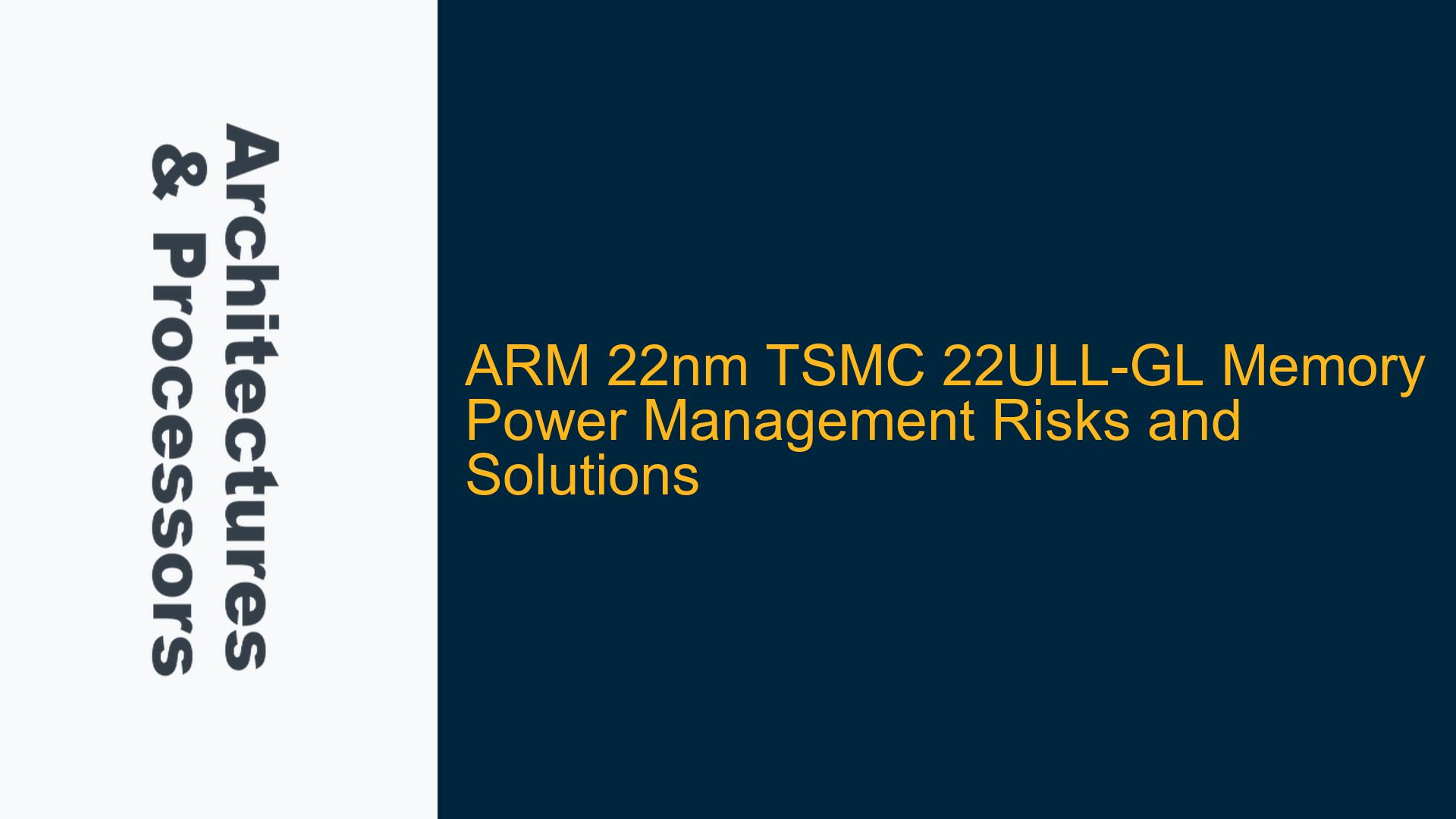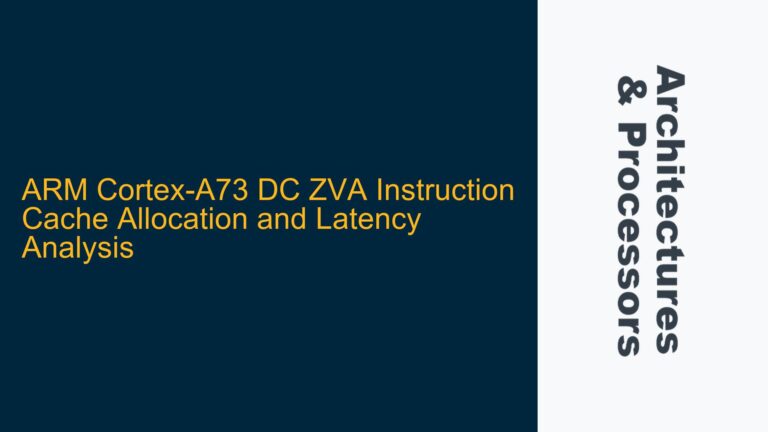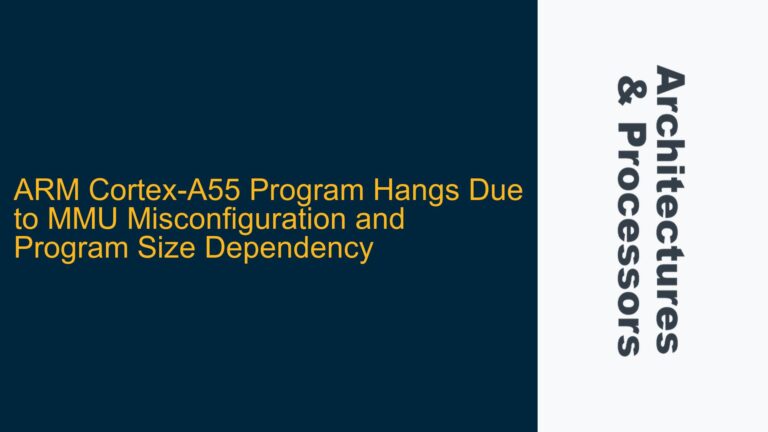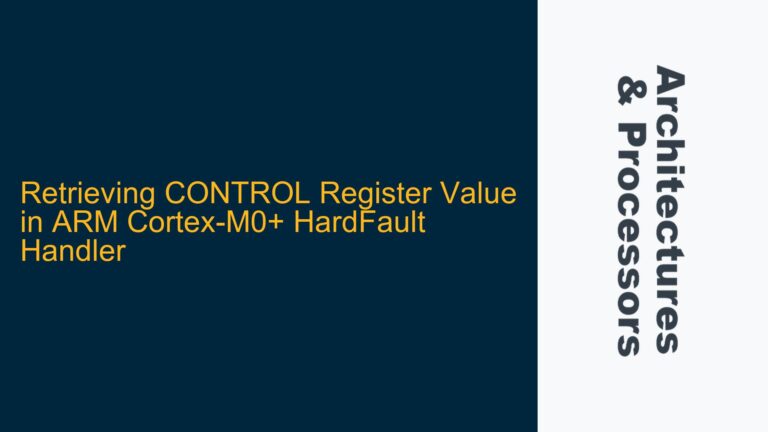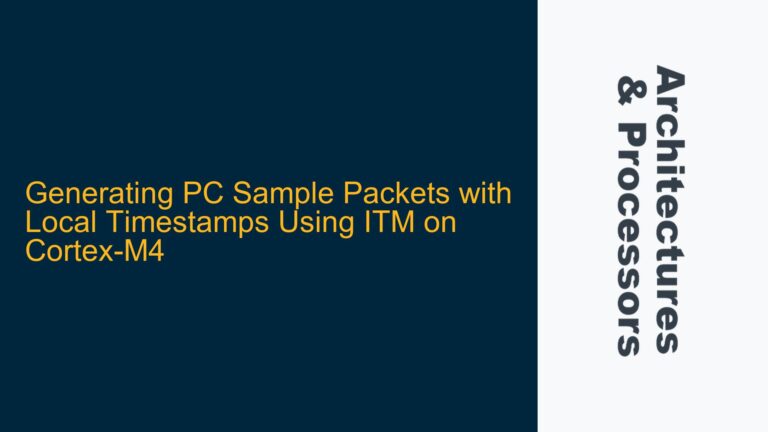ARM 22nm TSMC 22ULL-GL Memory Power-Up/Down Sequence Violations
The ARM 22nm TSMC 22ULL-GL memory, specifically the TS83Cx00x series, requires a strict power supply sequence for VDDCE (Core Power Supply) and VDDPE (Peripheral Power Supply) during power-up and power-down operations. The correct sequence is critical to ensure the memory operates within its specified electrical and timing parameters. During power-up, VDDCE must be powered up before VDDPE, and during power-down, VDDPE must be shut down before VDDCE. Violating this sequence can lead to several risks, including potential damage to the memory cells, data corruption, and unpredictable behavior in the memory subsystem.
The power sequence requirement is driven by the internal architecture of the memory, which relies on the core logic being stable before the peripheral logic is powered. If VDDCE and VDDPE are powered up or down simultaneously, the internal state machines and control logic may not initialize correctly, leading to undefined behavior. Additionally, the memory cells may not retain their state correctly during power transitions, which is particularly critical for memories that store configuration data or critical system parameters.
The risks associated with violating the power sequence are not limited to the memory itself but can also affect the broader system-on-chip (SoC) design. For example, if the memory fails to initialize correctly, the SoC may experience boot failures, or the system may become unresponsive during runtime. Furthermore, improper power sequencing can lead to increased leakage currents, which can impact the overall power consumption and thermal performance of the SoC.
Simultaneous Power-Up/Down of VDDCE and VDDPE: Risks and Mechanisms
Simultaneously powering up or down VDDCE and VDDPE can lead to several issues, primarily due to the internal dependencies between the core and peripheral logic within the memory. The core logic, powered by VDDCE, is responsible for managing the memory array, address decoding, and control signals. The peripheral logic, powered by VDDPE, handles interface communication, data buffering, and I/O operations. When VDDCE and VDDPE are powered up or down simultaneously, the following risks and mechanisms come into play:
-
Unstable Internal State Machines: The memory’s internal state machines, which control operations such as read, write, and refresh, rely on a stable core logic supply (VDDCE) to function correctly. If VDDCE and VDDPE are powered up simultaneously, the state machines may not initialize properly, leading to incorrect memory operations or complete failure to initialize.
-
Data Corruption: The memory cells require a stable core supply (VDDCE) to retain their state. If VDDCE is not stable before VDDPE is powered up, the memory cells may not retain their data correctly, leading to data corruption. This is particularly critical for non-volatile memories or memories that store configuration data.
-
Increased Leakage Currents: Simultaneous power-up or down of VDDCE and VDDPE can lead to increased leakage currents due to the improper biasing of transistors within the memory. This can result in higher power consumption and potential thermal issues, especially in low-power designs where power efficiency is critical.
-
Interface Communication Failures: The peripheral logic, powered by VDDPE, is responsible for managing the memory’s interface with the rest of the SoC. If VDDPE is not powered up after VDDCE, the interface may not function correctly, leading to communication failures between the memory and other components in the SoC.
-
Timing Violations: The memory’s timing parameters are designed with the assumption that VDDCE is stable before VDDPE is powered up. Simultaneous power-up or down can lead to timing violations, causing the memory to operate outside its specified parameters. This can result in unreliable memory access and potential system failures.
Implementing Correct Power Sequencing and Mitigation Strategies
To mitigate the risks associated with improper power sequencing of VDDCE and VDDPE in the ARM 22nm TSMC 22ULL-GL memory, the following steps and strategies should be implemented:
-
Power Management Unit (PMU) Design: The PMU should be designed to enforce the correct power sequence for VDDCE and VDDPE. This can be achieved by using dedicated power sequencing logic within the PMU that ensures VDDCE is powered up before VDDPE during power-up and VDDPE is shut down before VDDCE during power-down. The PMU should also include monitoring circuits to detect and correct any deviations from the required sequence.
-
Power-On Reset (POR) Circuitry: The memory should be equipped with a Power-On Reset (POR) circuit that ensures the memory is held in a reset state until both VDDCE and VDDPE are stable. The POR circuit should be designed to release the reset only after the correct power sequence has been completed, ensuring that the memory initializes correctly.
-
Voltage Monitoring and Sequencing: The PMU should include voltage monitoring circuits that continuously monitor the voltage levels of VDDCE and VDDPE. If any deviations from the required sequence are detected, the PMU should take corrective action, such as shutting down the memory or initiating a controlled power cycle.
-
Simulation and Verification: The power sequencing logic should be thoroughly simulated and verified using industry-standard verification methodologies such as UVM (Universal Verification Methodology). The verification process should include corner case analysis to ensure that the memory operates correctly under all possible power-up and power-down scenarios.
-
System-Level Integration: The memory’s power sequencing requirements should be integrated into the overall system-level power management strategy. This includes coordinating the power-up and power-down sequences of the memory with other components in the SoC, such as the CPU, GPU, and peripherals. The system-level power management strategy should be designed to minimize the risk of power sequencing violations and ensure reliable operation of the entire SoC.
-
Design for Test (DFT) Considerations: The memory should include DFT features that allow for testing of the power sequencing logic during manufacturing and system integration. This includes the ability to simulate power-up and power-down sequences and verify that the memory operates correctly under these conditions.
-
Documentation and Compliance: The design and verification teams should maintain detailed documentation of the power sequencing requirements and the steps taken to ensure compliance. This documentation should be reviewed and updated regularly to reflect any changes in the memory’s specifications or the SoC’s power management strategy.
By implementing these strategies, the risks associated with improper power sequencing of VDDCE and VDDPE in the ARM 22nm TSMC 22ULL-GL memory can be effectively mitigated, ensuring reliable operation of the memory and the overall SoC.
